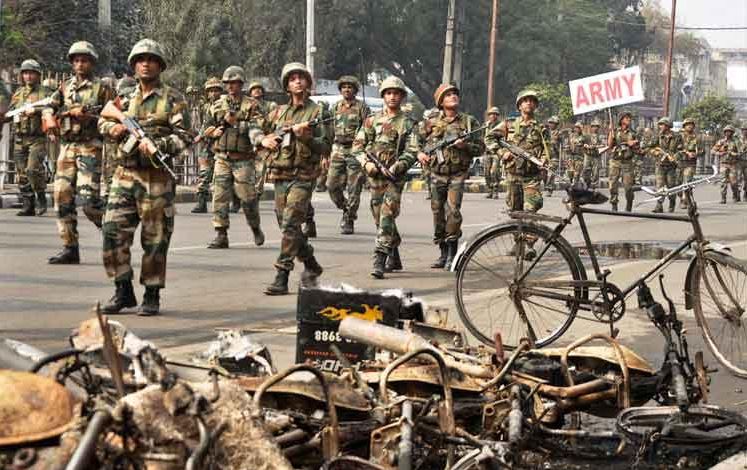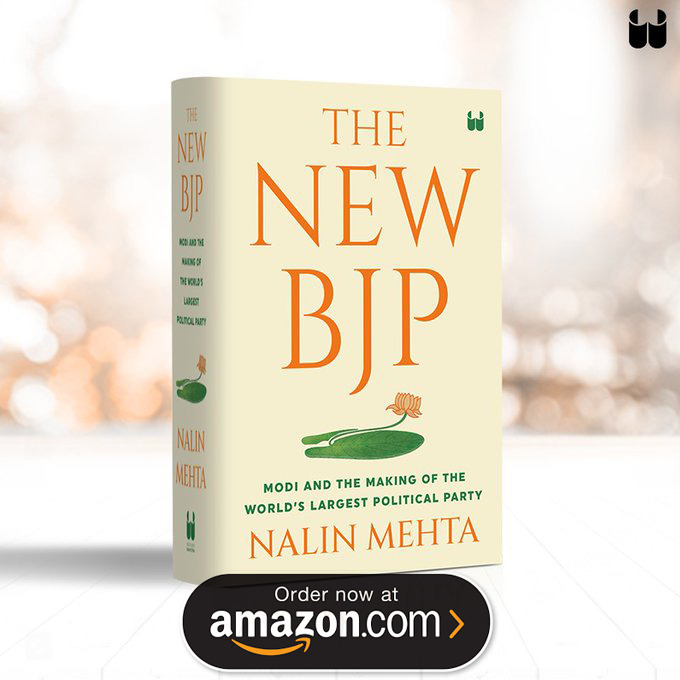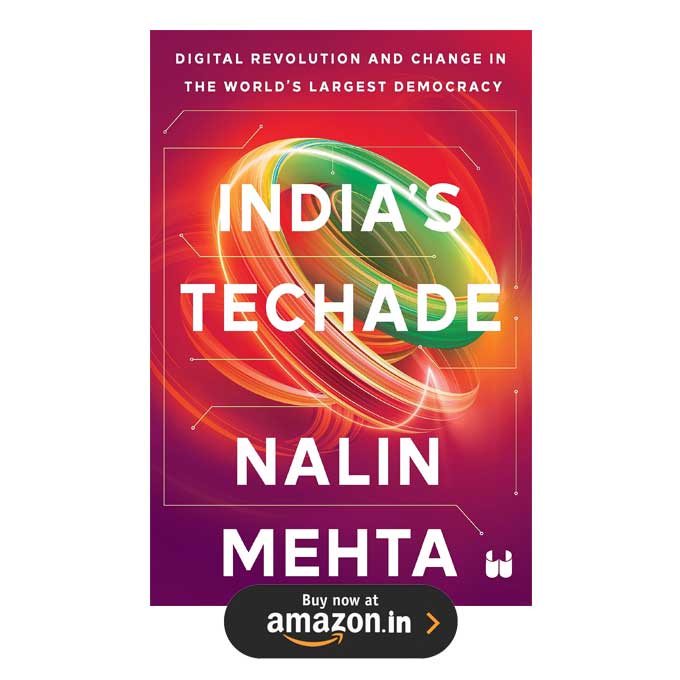Quiz question: how many police-wallas in Haryana? Answer: 56,979. Yet, when Jat agitators took over its streets, this large force seemed to just collapse in the face of real civic disorder from its own brethren. Much of the Army too comes from the same stock but when it was called in, roughly 5,000 of its troops moved fast and professionally to restore order, including guarding the Munak Canal, Delhi’s water lifeline. From the floods in Jammu & Kashmir, Chennai and Uttarakhand to Rohtak, immediately calling in the Army has become a default sarkari reflex.
The Rohtak mess:
The Army delivers but it raises some important questions: First, why did Haryana Police and the state administration collapse so quickly? The case of Rohtak, the epicenter of the agitation, is revealing. When Jat agitators set fire to the residence gate of Rohtak range IG Shrikant Jadhav on February 19, he reportedly issued orders to redeploy substantial police forces to his house. A senior police officer told reporters that he subsequently remained holed up at home, though this was the worst-affected district. The Haryana government had to rush in Principal Secretary AK Singh and police ADG (Law and Order) BS Sandhu to Rohtak to lead its response and coordinate with the Army.
Two days later, Jadhav, who claims that the top brass ignored an early warning WhatsApp message he sent on February 16, was transferred out. He was subsequently suspended, along with two Rohtak DSPs. They face departmental inquiries. Heads are rolling but veteran officers question why the Army had to be called in so early, despite a large police and para-military presence.
To call or not to call:
Julio Ribeiro, former DG, Gujarat and Punjab Police, says: “The Army is not to be called in at the drop of a hat.” The police failed, he says, because “too much politicization has happened.” “The police force is not a professional force anymore. We are dealing with people who are into politics, not policing.” Ribeiro’s argument is echoed by MG Devasahayam, a former IAS officer from Haryana cadre, who argued in a newspaper column that the state government “goofed up the entire handling of the situation” and that “letting loose the Army’s might is not the answer”. Regularly using soldiers as “riot-controllers”, he says, may “dilute” the Army’s authority, end the “respect and mystique it traditionally enjoyed” while lulling the “bloated civil police and paramilitary forces that continue to grow, but remain incapable of maintaining law and order.”
KPS Gill, former DG, Punjab Police, though, says that the decision to call in the Army “depends on the situation.” “I have seen the Army being deployed early-on as well as later in such cases,” he argues. “The police are always under pressure but it is still very unclear what really happened in Haryana and we should reserve judgment till we know the truth”.
The pay and status gap:
The second question is that if the armed forces have turned into our default ‘first-responder’, our magic bullet for everything, why does it continues to be downgraded in terms of rank and pay vis-a-vis other government services?
Since the 3rd Pay Commission in 1970, the Indian Administrative Service (IAS) and Indian Foreign Service (IFS) have had an edge over other services but the 7th Pay Commission recommended extending their relative advantages — which translates to additional increments for officers in the first 13 years of service — to the Indian Police Service (IPS) and Indian Forest Service (IFoS) as well. The military was left out.
The government still has to announce its decision on the 7th Pay Commission but if implemented, it will push military officers, who till now had rough parity with IPS, further down the chain in a bureaucratic system where pay and status matter. This is why the three service chiefs, in a rare move in December 2015, raised objections to what they saw as “several glaring inaccuracies and anomalies” in 7th Pay Commission.
Soldiers get additional military service pay but even here, there’s a mismatch in allowance. A soldier posted in Siachen, the riskiest military posting, gets Rs 31,500 per month but amazingly, a civilian central government Group A officer can claim hardship allowance of between Rs. 50,000-75,000 for serving in Guwahati, Shillong or Leh! Failure to address these anomalies is not only bad for the Army’s morale but may also reflect the hypocrisy of looking to soldiers as our patriotic saviours but unwilling to pay back what they deserve.
Army to the rescue:
Haryana Police deployed: 56,979
Army troops deployed in 9 Haryana districts: 5,300 (53 columns and 19 on standby)
Para-military forces deployed: 5,000 (50 companies)
Sources: Haryana Police, Ministry of Defence, Ministry of Home Affairs
Siachen allowance less than what a babu can get for Guwahati:
Allowance gap: Soldiers posted in Siachen get allowance of Rs 31,500 per month. Yet, a central govt Group A officer can claim hardship allowance of between Rs 50,000-75,000 for serving in Guwahati, Shillong or Leh
Status & Parity: 7th Pay Commission recommends extending relative advantage of additional increments in first 13 years of service for IAS/IFS to IPS and Indian Forest Service. Military left out


